Concealed Carry Cross-Body Bag VS Concealed Carry Sling Bag: Make Your Pick
Usually, we like to talk about really cool stuff like T-shirts and shorts. Unfortunately, we’re going to talk about “bags” today. We’re kidding. This is way better than a T-shirt.
How you pack your gear is extremely serious, and if you’re like us, you’ll spend hours trying to get everything nestled in your bag ready to roll when the time comes.
However, there’s one little detail that complicates that a bit. Which is the best concealed carry bag for your essential gear, particularly for your concealed carry items?
There are a ton of bags available for you to carry all your gear in, especially your pew, but we’re going to narrow it down to 2 popular styles.
Let’s have the vets at Combat Iron Apparel examine both of the main options for large gear carry bags.
Why Use a Bag?
You’ve got a belt holster whether it’s in the waistband or flaunting about for everyone to see. So, why do you need a CCW bag?
Well, there are two main reasons.
First, not every gun you carry is going to fit on your hip unless you’re into the little guys. That’s perfectly fine, but sometimes, you need a little more firepower, and walking around with a short-barreled rifle isn’t exactly socially acceptable. It might be necessary, though.
So, a larger concealed carry bag is necessary. Even with smaller firearms, you’re not always capable of carrying your firearm strapped to your body via a body holster.
Sometimes, you have to stow the gun in a separate bag. If not for pant weight limits, then to satisfy the nonsensical rules of those in charge.
That’s not the only reason, though. Hopefully, a gun isn’t all you need to feel fully prepared for any situation. Yes, America has lost its mind, and plenty of crazy jerks are running around, but there are a lot of things that can metaphorically piss in your Cheerios.
You need to be equipped for anything.
You might need to carry some extra mags, that old MP600 you carried into Iraq, and a variety of other things. You can’t jam all that onto your belt unless you want all the people around you to get a good view of your private bits. Your belt can’t handle it.
So, you carry a bag, and that’s why we recommend a side sling or cross-body bag for your everyday carry.
Cross-Body Bag
This is simple, and you have probably seen one before.
A cross-body bag is a bag designed to have you toss the shoulder strap over one shoulder while the bag itself rests on the other side.
For example, most people will have a sling on their left shoulder with the bag under their right arm.
Sling Bag
A sling bag performs very differently compared to a cross-body bag. Instead of stretching across the body, it hangs from the shoulder of the same side it sits on, but it’s offset to lay on the back to one side or across the chest.
So, if you sling it over your right shoulder like most people, it will sit on the right side of your back or chest.
Why Does it Matter?
In all seriousness, the difference isn’t all that important. There are minor differences that come down to personal taste, but in reality, they both hold your good stuff until you need to use it.
Instead of starting yet another internet fight between weird couch warriors, let’s go over the pros and cons of each.
1: Stability
This is huge. You can’t have your bag flopping all over the place when you’re in the middle of a combat situation. That’s a good way to meet St. Peter way ahead of schedule.
In this category, a cross-body bag comes out on top.
Because the strap crosses the body, hence the name, it makes a lot more contact with your clothing, and it doesn’t tend to flop around too much during serious activity. The tension of it stretching to your opposite shoulder also helps.
So, this is definitely the more stable option.
In comparison, a sling bag tends to be loose and flopped over the shoulder on the side of the bag. So, it flops everywhere. While it’s on the back, it’s still not held under much tension.
2: Ease of Removal
Now, we’re going to reverse it. How quickly can you take the bag off? This doesn’t seem like a big concern because you don’t want to drop all your stuff and run, but sometimes, it’s necessary for survival.
A cross-body bag goes over the head and “crosses” your body. To get it off, you have to pull the strap over your head and drop it.
A sling bag is far less complicated. You just drop your shoulder, and the bag slides off.
That is both a blessing and a curse. On one hand, a cross-body will be a lot harder to lose if it’s on your body in the middle of an intense situation. On the other hand, a sling bag is easier to toss on or off in a hurry.
3: Likelihood of Removal
A major concern of every gun owner is a random jerk stealing their firearm and being able to do whatever they want.
In this category, a well-made crossbody bag is the better option. If you imagine your stereotypical purse thief trying to rip your crossbody away to steal your gear, they’d have to rip your head off to get it.
With a sling bag, it’s just your shoulder and your ability to whoop that guy’s ass that prevents that from happening.
Unless someone has superhuman strength, they’re not ripping a well-made crossbody bag off you. With a sling bag, they can catch you off guard and yank hard enough to slide it down your arm.
In order to avoid this, people often opt for fanny packs, but these are limited with space, and they do limit your maneuverability, so if you are looking for a third option, you might consider this one.
Get The Right Tactical Gear with Combat Iron Apparel
This is a very personal decision. Honestly, we don’t care. Choose what’s right for you and your situation. Of course, make sure it’s big enough for your gear, and if you're considering the best concealed carry bag, we recommend weighing its features and size.
However, regardless of what you choose, Combat Iron Apparel has you covered with the best tactical clothes for civilians. Check us out.


![MEN’S TOPS [HOODIES, T-SHIRTS & TANK TOPS]](http://combatironapparel.com/cdn/shop/collections/CIA02036_1.jpg?v=1711651063&width=3000)
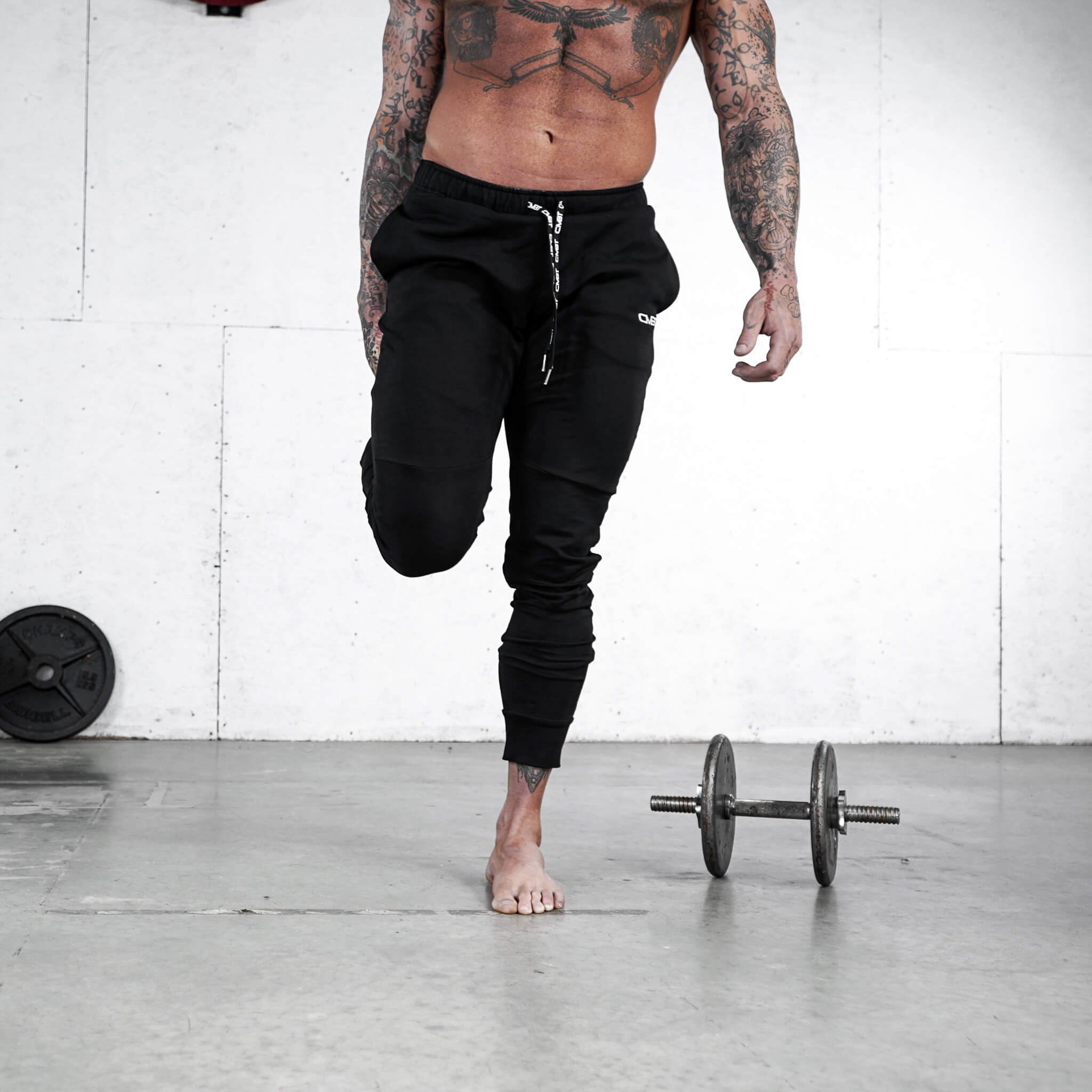



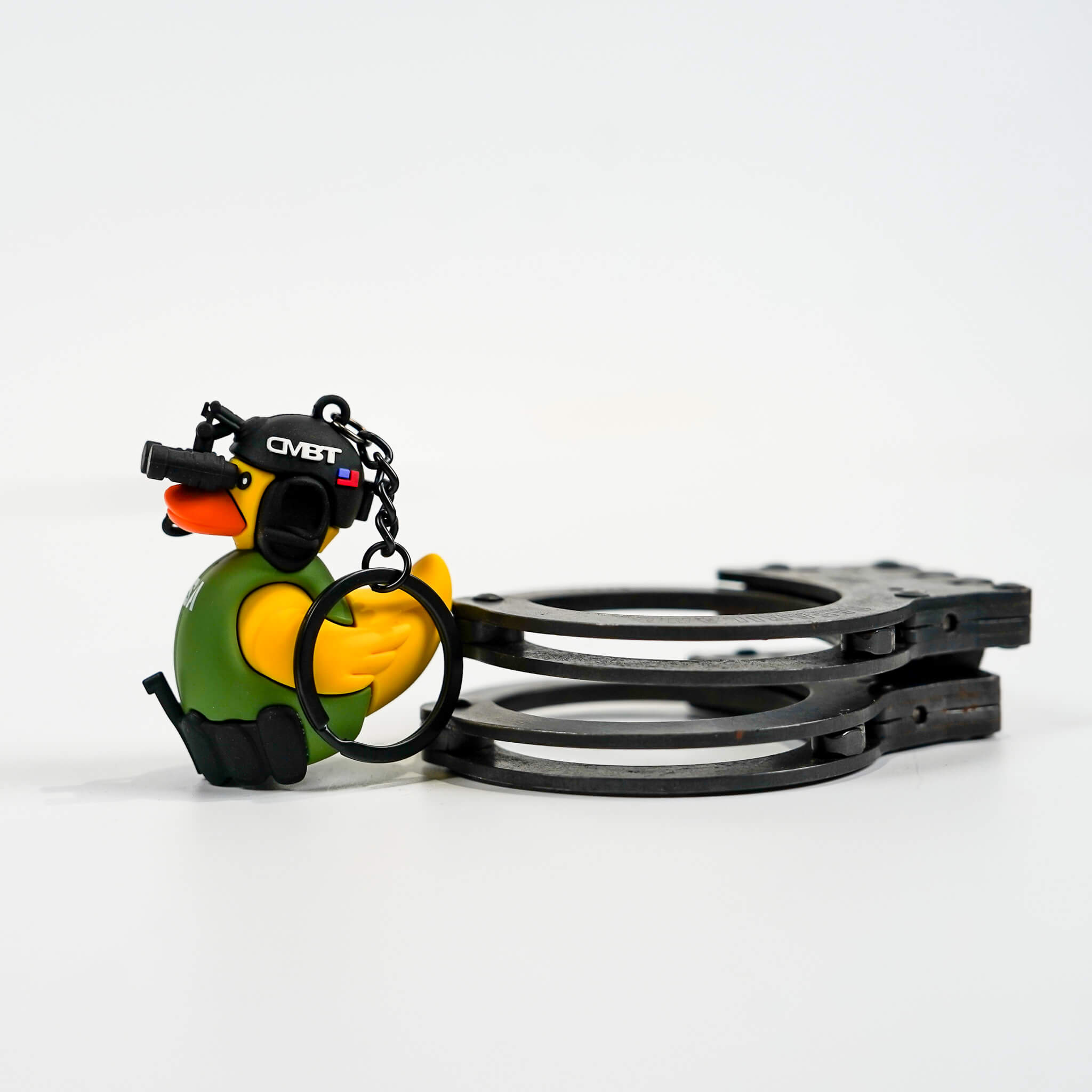
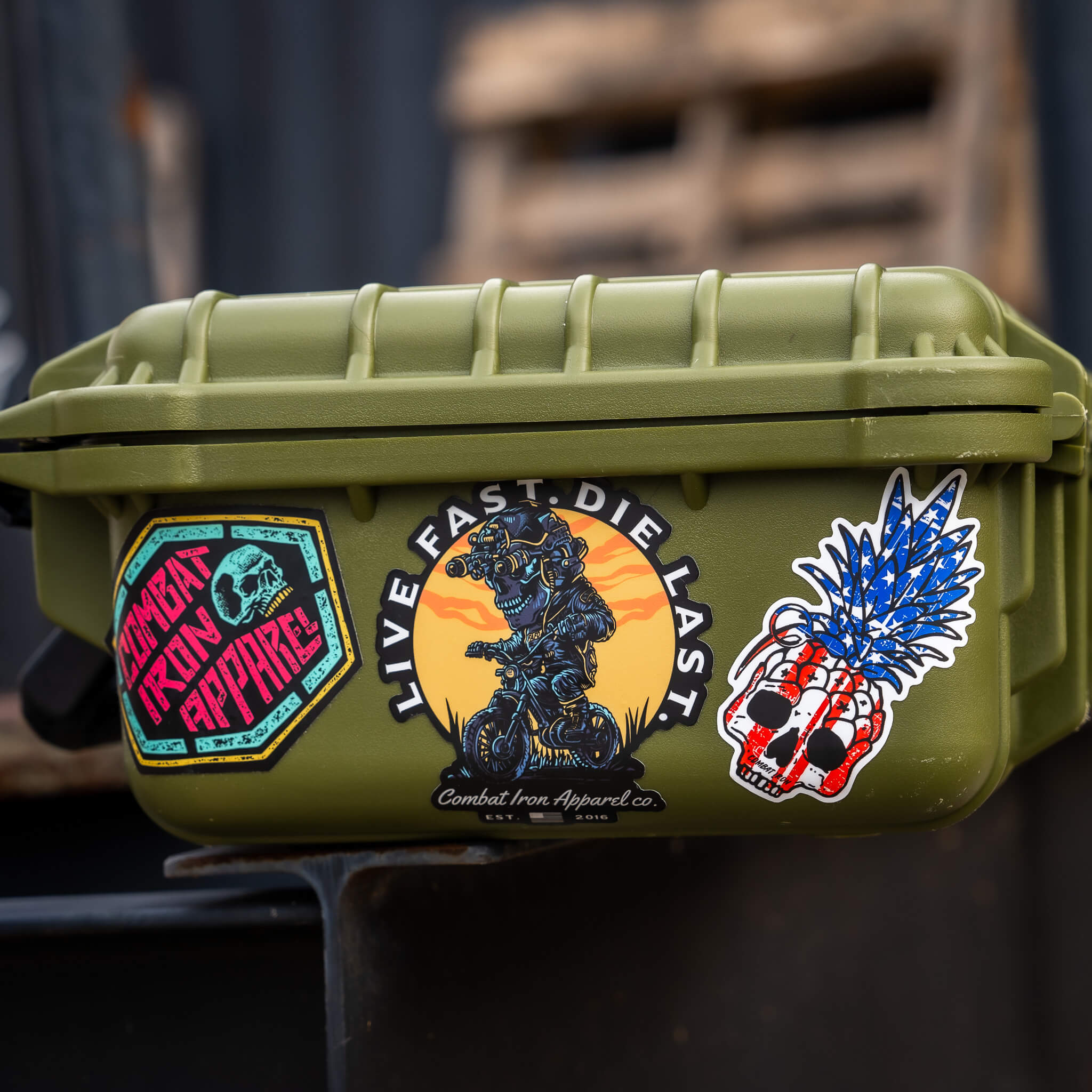

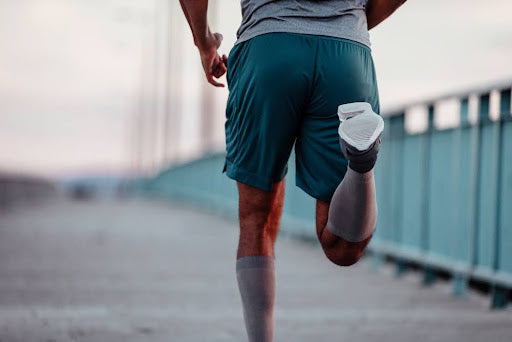

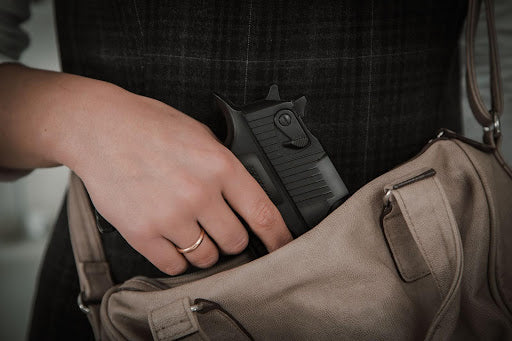
Leave a comment